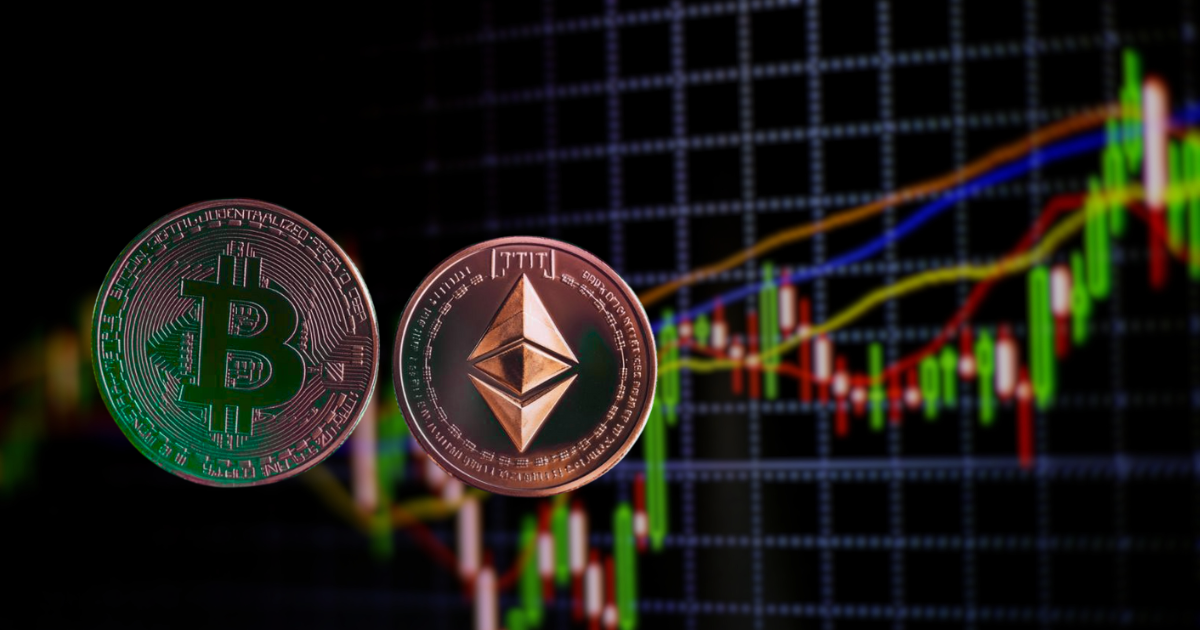Digital Asset Funds Record Massive Outflows as Investor Confidence Wavers
Digital Asset Funds Record Massive Outflows as Investor Confidence Wavers
By
David Goldfarb
Last updated:
November 11, 2025
First Published:
November 11, 2025

Photo: FinanceFeeds
A Sharp Shift in Investor Sentiment
The digital asset market has entered a cooling phase after months of steady inflows. Recent data reveals that investors have withdrawn approximately 1.3 billion dollars from crypto-focused funds within just seven days. This marks the second consecutive week of heavy outflows, raising questions about shifting confidence in digital assets amid global economic uncertainty.
Understanding the Context Behind the Outflows
The sudden withdrawal wave is not purely a reaction to market performance but a reflection of broader investor sentiment. As inflation fears linger and interest rates remain high in several major economies, traditional assets like bonds and cash are reclaiming investor attention. Many traders are also rebalancing portfolios in response to recent volatility in Bitcoin and Ethereum prices.
Bitcoin’s Uneasy Dominance
Bitcoin, often seen as the safe harbor of the crypto world, has not been immune to the turbulence. Despite maintaining its dominance in total market capitalization, it has seen sizable fund outflows as investors secure profits from recent price surges. Some analysts suggest that short-term holders are exiting while long-term believers continue to accumulate, hinting at a potential market recalibration rather than a full-blown retreat.
Ethereum and Altcoins Under Pressure
Ethereum has also experienced significant outflows, fueled by growing concerns over scalability and gas fee fluctuations. Meanwhile, several altcoins have witnessed steeper declines, with investors steering clear of high-risk assets until the market stabilizes. However, select decentralized finance tokens and layer-two projects have managed to sustain moderate inflows, reflecting investor interest in real-world blockchain utility.
The Broader Market Reaction
The ripple effect of fund outflows has been felt across exchanges and trading platforms. Liquidity levels have dropped slightly, and spot trading volumes have become increasingly volatile. Despite this, institutional players remain active, particularly those using derivatives to hedge exposure or seek short-term opportunities. This indicates that while retail confidence may have weakened, professional investors are still deeply engaged in market positioning.
A Sign of Maturity or Market Fatigue
Some experts argue that large-scale outflows are not necessarily a sign of collapse but rather a natural correction in a maturing market. As crypto assets continue to evolve, investor behavior becomes more sophisticated. The recent movements could signify strategic repositioning instead of panic selling, as fund managers reassess risk profiles amid global financial tightening.
Macro Factors at Play
The crypto sector does not exist in isolation. Economic policies in the United States, Europe, and Asia have all contributed to reshaping investor priorities. The ongoing discussions around central bank digital currencies and new taxation laws have added uncertainty, prompting cautious behavior from both retail and institutional participants.
What This Means for the Future of Digital Assets
While short-term losses may seem alarming, they also pave the way for consolidation. Funds that survive this phase will likely emerge stronger, with more disciplined investment strategies and transparent governance. This cleansing cycle may also inspire innovation in asset management models tailored to the unique volatility of the crypto space.
Opportunities Hidden in the Decline
Periods of outflow often create opportunities for long-term investors who view downturns as discounted entry points. Projects with solid fundamentals, practical utility, and clear regulatory alignment may benefit from renewed interest once the broader sentiment stabilizes. The challenge for market participants lies in identifying which ventures will endure beyond this correction.
A Market in Reflection, Not in Retreat
Despite the recent setbacks, the crypto industry remains resilient. The scale of global adoption, technological advancement, and institutional interest suggest that digital assets are here to stay. Brazil’s regulatory move, the United States’ stablecoin policies, and the United Kingdom’s evolving stance on crypto funds all point toward a new era of structured growth. Investor caution today might just be the foundation for stronger conviction tomorrow.
Popular articles
Subscribe to unlock premium content
Disney’s Timeless Magic and How the Entertainment Giant Continues to Shape Culture and Innovation

Imran Khan’s Economic Missteps Amid Political Chaos in Pakistan

The Philippines’ Digital Shift How Remittances and BPO Are Fueling Growth

Disney’s Timeless Magic and How the Entertainment Giant Continues to Shape Culture and Innovation

Imran Khan’s Economic Missteps Amid Political Chaos in Pakistan

Disney’s Timeless Magic and How the Entertainment Giant Continues to Shape Culture and Innovation









